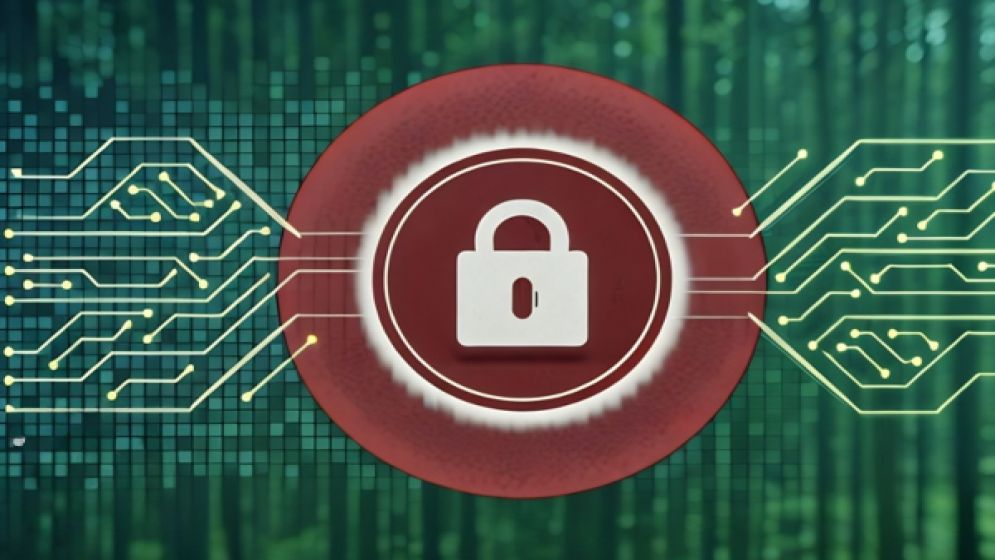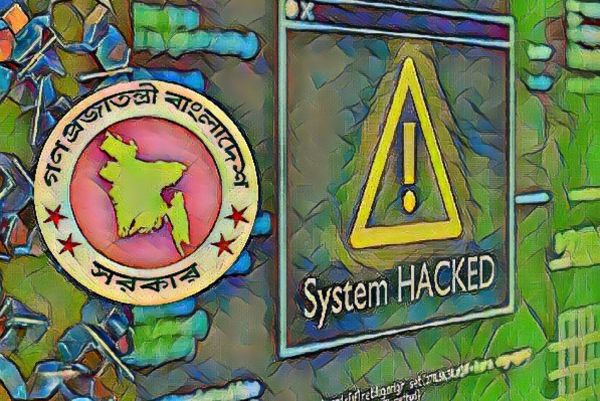How a holistic approach of legislation, technology, and awareness can safeguard Bangladesh’s cyber landscape

On December 12, 2024, Bangladesh's interim government approved the draft of the Cybersecurity Ordinance, 2024, a significant revision of the controversial Cyber Security Act (CSA) enacted by the previous government in September 2023.
The new ordinance marks a step toward a more balanced approach to cybersecurity—one that safeguards citizens' rights while addressing legitimate cyber threats.
The revised ordinance removes several contentious provisions from the original CSA, which had attracted widespread criticism for being used to stifle political dissent.
These provisions included penalties for spreading hate speech, misinformation, or unauthorized use of personal data—measures that were often weaponized against activists and opposition figures.
Under the new law, only victims, their appointed representatives, or law enforcement agencies can file complaints, curbing the misuse of these laws for politically motivated cases.
This adjustment is particularly crucial in light of the widespread abuse seen under the Digital Security Act (DSA), 2018, and its successor, the CSA.
According to a study by the Bangladesh Society for Information Systems (BSIS), from October 2018 to September 2023, over 4,500 individuals were charged in 1,436 cases under the DSA, with 263 cases filed by activists of the former ruling party, targeting 887 individuals.
The revised ordinance shifts its focus toward tackling genuine cybercrimes, such as hacking and cyber terrorism, with more stringent penalties for offenses that threaten critical information infrastructure.
Certain serious offenses will now be classified as cognizable and non-bailable, reflecting a commitment to protecting national security while respecting citizens' rights.
These reforms come at a time when cybersecurity concerns are growing globally, particularly with the rise of deepfake technologies, which can erode public trust and compromise safety.
In 2023 alone, approximately 500,000 deepfake videos and audio clips were circulated on social media worldwide, with projections suggesting this number could soar to 8 million by 2025. Deepfakes—hyper-realistic, AI-generated videos and images—are increasingly being used for disinformation, creating an urgent need for both technological solutions and regulatory frameworks to combat their misuse.
The United Nations has called for a comprehensive response to the risks posed by deepfakes, urging nations to adopt strategies that include technological detection tools, legal regulations, and public education on the dangers of manipulated media.
Major tech companies, such as Google and Meta, have responded by implementing policies to label AI-generated content, helping users distinguish between genuine and manipulated materials.
As Bangladesh moves forward with its new cybersecurity regulations, it will be essential to keep pace with these global efforts to safeguard both public trust and security in the digital age.

The need for stronger legal frameworks
In countries like Bangladesh, existing laws remain insufficient to address the growing threats posed by deepfakes.
There is an urgent need for comprehensive legal frameworks that not only regulate the creation and dissemination of deepfake content but also protect individual rights from the potential abuses of this rapidly evolving technology.
Deepfakes have already been weaponized in misinformation campaigns targeting Bangladesh, with certain individuals and media outlets from neighboring countries using them to spread false narratives and create societal unrest.
This trend raises significant concerns about the country's vulnerability to digital manipulation and its impact on national security.
As Bangladesh continues to emerge as a key player in the global freelancing and outsourcing industries, the importance of robust cybersecurity has never been more critical.
With nearly one million freelancers contributing to the digital economy, Bangladesh now hosts around 14% of the global freelancing workforce.
However, as the country's digital presence expands, so too do the risks associated with cyber threats, including data breaches and hacking incidents.
The security of both individual freelancers and the broader outsourcing industry is at stake, demanding immediate attention and action from both government and private sectors.
Bangladesh has witnessed several high-profile cyber incidents, including the infamous 2016 Bangladesh Bank heist, where hackers managed to steal 81 million USD.
Such incidents underline the country's vulnerabilities and the growing threat to its economic security in the digital era.
According to the Global Digital Wellbeing Index 2024, Bangladesh ranks 33rd in terms of cybersafety, based on a survey of 35,000 respondents from 35 countries.
This ranking highlights the country's cybersecurity shortcomings and reinforces the need for more robust and forward-thinking measures to protect citizens and businesses alike.
In response to these mounting threats, Bangladesh has made strides to improve its cybersecurity landscape.
The government has launched the Cybersecurity Strategy (2021–2025), which outlines a roadmap for enhancing national cybersecurity.
Key initiatives such as the Cyber Safety Helpline, the Cybersecurity Council, and the Computer Incident Response Team (CIRT) have been established to address emerging threats and improve the country’s preparedness for cyber incidents.
Despite these efforts, Bangladesh still faces significant challenges. With around 140 million internet users and the rapid digitalization of various sectors, ensuring adequate institutional support to tackle the full spectrum of cyber issues remains a major hurdle.
The need for a cohesive and comprehensive approach to cybersecurity—one that incorporates legal reform, technological advancements, and public education—is now more urgent than ever.
As Bangladesh continues to expand its digital footprint, building a resilient cybersecurity infrastructure must remain a top priority to protect both the individual rights of its citizens and its growing position in the global digital economy.
-6778f0381cf78.png)
Building a Cybersafety Culture
In addition to technological preparedness, Bangladesh faces an urgent need to establish a strong cybersafety awareness culture.
One of the most effective ways to achieve this is by incorporating cybersecurity education into school curricula, empowering future generations with the critical skills needed to navigate an increasingly digital world.
Beyond formal education, community-based cyber support programs could serve diverse populations across the country, ensuring that people from all backgrounds are equipped to recognize and respond to cyber threats.
Moreover, strengthening collaborations between government agencies and non-governmental organizations (NGOs) can greatly enhance public outreach efforts.
These partnerships can help launch targeted awareness campaigns and cybersecurity drills, better preparing citizens and organizations to face potential digital crises.
In parallel, investing in professional development programs and targeted cybersecurity training will nurture a workforce capable of tackling emerging cyber threats with expertise and efficiency.
Cybersafety is not a singular issue; it is multifaceted, impacting institutions, communities, and individuals in diverse ways.
Addressing these challenges requires an inclusive, multi-tiered approach that engages all levels of society—government, civil society, and the private sector.
While Bangladesh's progress through the new Cyber Protection Ordinance is an important milestone, it is only part of the solution.
To truly safeguard the nation’s digital future, these legislative advancements must be paired with efforts to foster a broader culture of cybersafety awareness.
By ensuring that cybersafety education, community engagement, and professional training are central to the country's digital policies, Bangladesh can ensure that its cybersecurity advancements lead to real-world protection for all its citizens.
—--
Azfar Adib is a PhD candidate and Public Scholar at Concordia University in Canada and a Senior Member of the Institute of Electrical and Electronics Engineers (IEEE).

